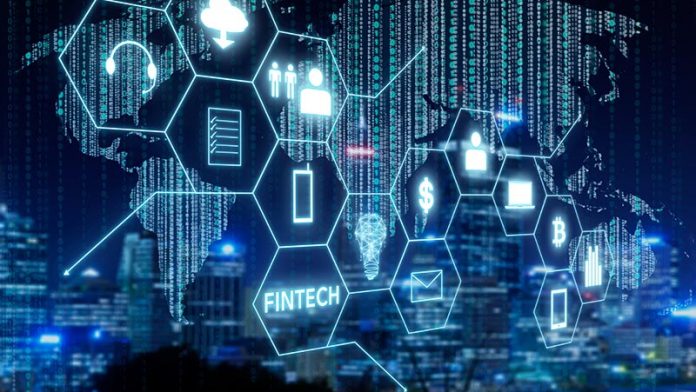Banking is possibly one of the sectors, if not the least, that has been transformed in the last 150 years. Someone may consider that this transformation has occurred due to the appearance of computer branches, ATMs, digital clearinghouses, internet banking, mobile banking, etc. These efficiency or current monitoring plans are far from being transformative.
In essence, its distribution model in Spain has not changed in at least 150 years. It has not undergone any reconversion. Customer processes remain the same as in the branch, but in the new environments: the same fields must be filled in as in the systems operated by a branch.
The lack of innovation is appreciated in the simplest questions. The first thing we do when we go to a bank branch is "enter", go through the door, and when a manager attends us, show our identification. In the digital world, banks could show us automated tasks, transfers, savings, etc., so that without entering, and taking into account security and privacy, through messages or notifications, they could suggest products or operations that we could approve from the same messages. Ignorance of customers and anchoring in standard processes does not offer innovative solutions to customers.
As if that were not enough, the biggest brake on the transformation is the income statement: investors, of course, seek a return on their money, therefore, any change that could jeopardize profits is immediately displayed in the large stock markets. values.
1.- New customer concept. From the bank's standard databases to a progressive model for requesting information and creating enriched environments that facilitate the relationship between the client and the bank. The information traditionally held on clients is necessary for opening an account, regulatory information, and operations. Understand that the individual, in addition to being a client, is a member of a family, an employee of a company, has leisure tendencies, and any other information that enriches the profile that is available of people and allows us to offer services appropriate to each need , This is something for which the financial information systems are not prepared, nor those of any traditional company, in addition to considering that the person evolves over time and changes their conditions, social relationships, preferences, etc.
2.- The transparent bank. Atomization of financial services. From products such as consumer loans to loans for installments of money, with third-party coverage, with crowdfunding, etc. APIs. Collaboration.
3.- Technology as business. Technical profiles that are capable of interacting with the client, defining needs, conducting needs assessments using collaborative design thinking techniques (for example), defining processes, development, operational service, change management, continuous improvement, linking between existing projects and monitoring of results. This requires extensive knowledge of the entity's internal capabilities, both at a technological level and the coverage of value-added and operational services. This requires new execution structures and development methodologies.
4.-Digital identity. Digital identity. The client as the owner of his information from his birth, studies, health, etc. and with the ability to share the necessary part at each moment of his life. This information evolves in the different periods of the person's life and you must find it all sorted, classified and accessible by any means you need.
5.- The constant transformation. Ability to refocus initiatives based on market and customer trends. Beyond product customization, the axis must focus on national and international trends, to respond quickly, efficiently and effectively to these new customer needs or habits.
6.- Safety. Safeguarding of personal data and the use that may or may not be made of said information. This must be accompanied by a complete communication plan, simple and accessible. For the client, security is as important as the perception of security, therefore it is a priority for the entity to transmit, in due measure, its commitment to the client in the aspect of security.
7.- The ecosystems. Creation of own ecosystems or active participation in existing ones on which to have financial and non-financial services. Ecosystems could be equivalent to the opening of new branches, which appear just when the customer needs them. In this case, the geographical concept of a branch is replaced by the concept of the client's interests or needs. To generate a high level of presence, and therefore of business, zero cost must be prioritized: integration, personalization, internal operational processes, compliance and regulation, completion of the link to the ecosystem, selection of financial services to include, etc.
There is a large volume of pending ecosystems that are considered partially, and therefore do not finish germinating due to not having a holistic vision of the client's needs and quickly entering financing circles:
- university environments
- amateur sport
- Mortgage
- Alternative models in payments/collections from customers and suppliers
- Simplification of logistics supply chains
- SmartCity
- Knowledge market in senior profiles
- Custody of people's historical personal information, beyond the concepts of financial client.
- ...




